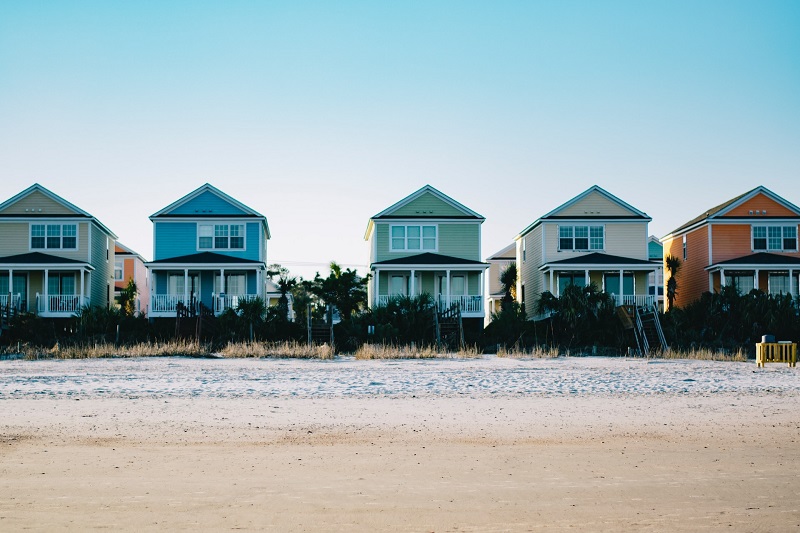
Georgia, known for its peaches and Southern charm, also boasts a unique climate that often surprises those unfamiliar with the region. While the state experiences its fair share of intense summer storms and humidity, understanding how this weather truly impacts roof longevity reveals a surprising truth: Georgia roofs, when properly installed and maintained, can last significantly longer than many expect. This resilience stems from a combination of factors, including advancements in roofing materials and the surprising benefits of mild winters.
The Surprisingly Gentle Summers (with a caveat):
Georgia summers are indeed hot and humid, and occasional thunderstorms are a common occurrence. However, compared to states experiencing extreme heat waves or frequent, intense hailstorms, Georgia summers, on average, are relatively manageable for roofing materials. While the heat expands and contracts materials, causing some wear and tear over time, the consistent warmth helps asphalt shingles properly seal, creating a stronger, more cohesive barrier against water intrusion. The occasional downpour also serves to cleanse the roof of debris and algae growth, preventing long-term damage. The key caveat here is proper installation. Then how long do roofs last in georgia? Here are some ideas.
Mild Winters: A Roof’s Best Friend:
Perhaps the most significant contributing factor to the longevity of Georgia roofs is the state’s mild winters. Unlike regions battling freezing temperatures, heavy snowfall, and cyclical freeze-thaw cycles, Georgia’s winters are relatively gentle. This lack of extreme temperature fluctuations minimizes the stress on roofing materials, preventing cracking, splitting, and warping. The absence of heavy snow loads also reduces the strain on the roof’s structure, prolonging its lifespan. This allows roofs to maintain their integrity and perform optimally for a longer period.
Modern Materials: Engineered for Endurance:
Beyond the weather patterns, advancements in roofing materials play a crucial role in extending the lifespan of Georgia roofs. Modern asphalt shingles are engineered with improved durability, enhanced UV protection, and greater resistance to wind and water damage. These advancements, coupled with the use of underlayment and proper flashing techniques, create a robust roofing system capable of withstanding the challenges of the Georgia climate. Furthermore, alternative roofing materials like metal and tile, known for their inherent longevity and resilience, are becoming increasingly popular in the state.
The Key to Longevity: Proper Installation and Maintenance:
While Georgia’s climate and improved materials contribute to extended roof lifespans, proper installation and regular maintenance are paramount. A properly installed roof, adhering to industry best practices and local building codes, is crucial for optimal performance and longevity. Regular inspections, cleaning, and minor repairs can address potential issues before they escalate into major problems. This proactive approach ensures that the roof remains in prime condition and continues to protect the home for years to come.
In conclusion, while Georgia’s climate presents some challenges, it’s a far cry from the extremes experienced in other parts of the country. Coupled with advancements in roofing technology and a commitment to proper installation and maintenance, Georgia roofs can indeed last longer than many expect, providing homeowners with decades of reliable protection.




